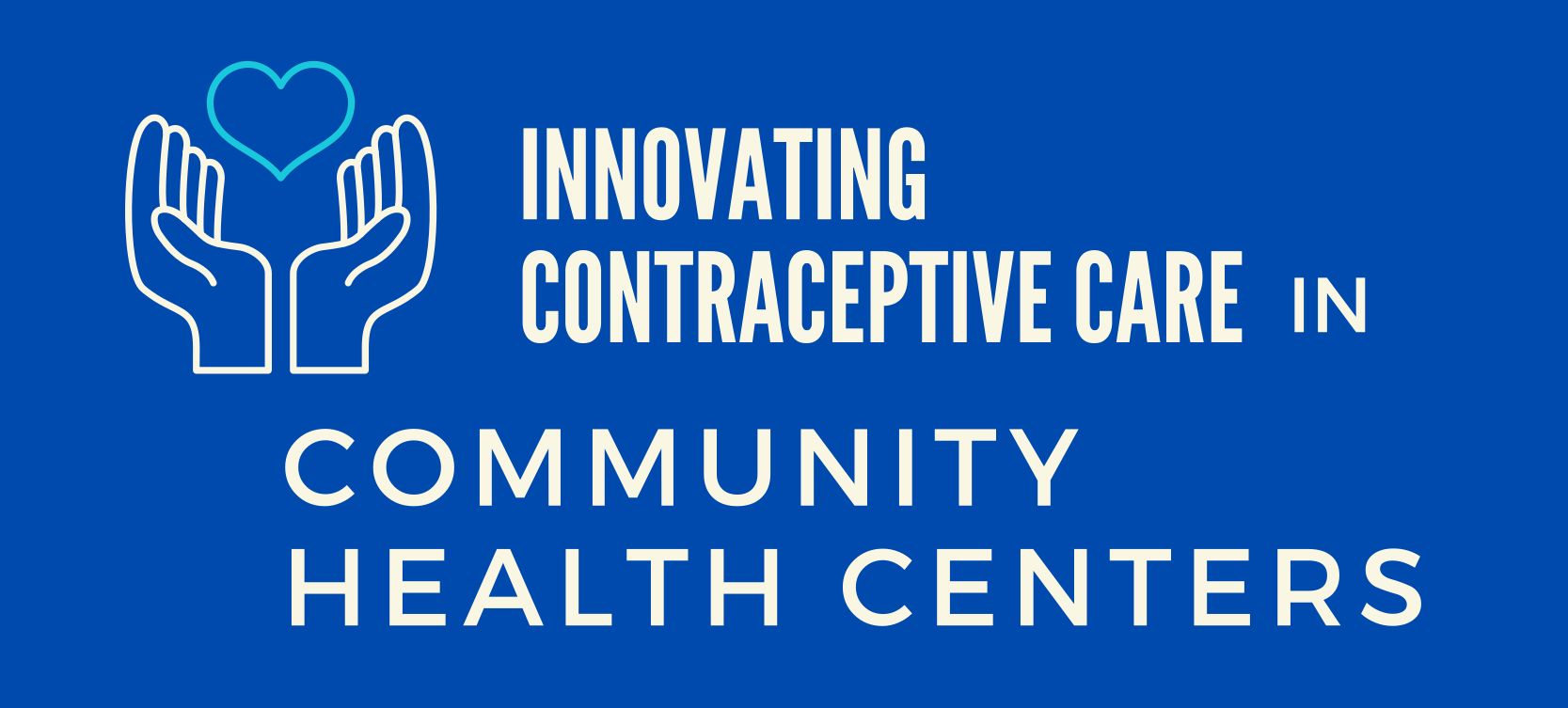By mission and design, CHCs exist to connect individuals with limited access to health care to needed services, including contraceptive care. However, because of the complexities of financing contraceptive services, coupled with the broader financial pressures facing CHCs, interventions to increase access to patient-centered contraceptive care in CHC settings often need to address the financing of contraception.
CHCs are unique from other publicly funded providers of contraceptive services for many reasons, one being that they receive “bundled” Medicaid payments that are not cost-based, but instead based on whether a qualifying patient visit took place. While this Prospective Payment System (PPS) is a successful model for financing and ensuring the quality of primary care services at FQHCs, its encounter rate formula can make it challenging for health centers to offer all FDA-approved methods of contraception, especially LARC. More specifically, PPS rates typically do not account for device costs or the longer or more complex visits that often are necessary for LARC placement. Furthermore, stocking LARC devices for same-day visit dispensing can be cost-prohibitive for many CHCs.
This section is intended to support CHCs with addressing the financial challenges of providing patients with access to all FDA-approved methods of contraception, including LARC, preferably on a same-day basis (consistent with evidence-based best practice). Many of the resources in this section focus on the financing of LARC because of the unique challenges associated with providing LARC services. This focus is not intended to elevate LARC uptake and continuation; rather, it seeks to ensure that every person has access to the full range of contraceptive options, including obtaining a LARC method or having one removed. It is consistent with a patient-centered approach to contraceptive care that promotes reproductive autonomy. By minimizing stocking and acquisition costs, planning for the upfront cost of stocking products, and optimizing reimbursement of patient-centered contraceptive care, CHCs can minimize tension between the dual goals of promoting patients’ reproductive autonomy and offering all contraceptive services consistently and sustainably.

